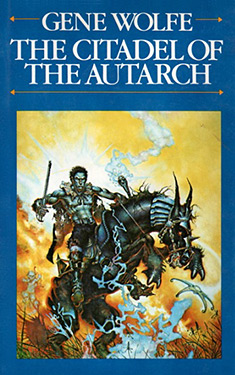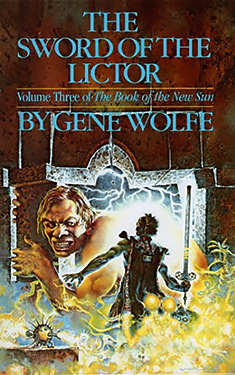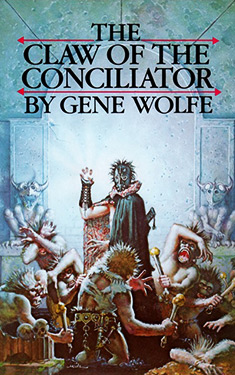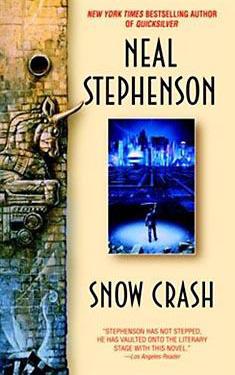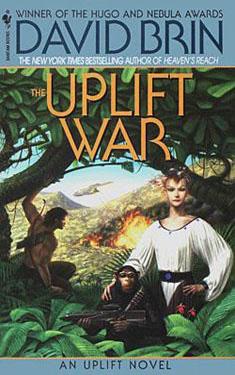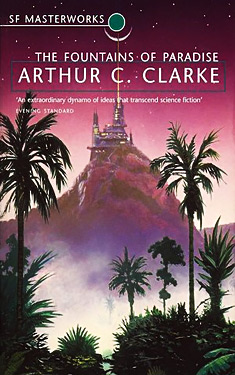Gene Wolfe
Completed 11/22/2014, Reviewed 11/23/2014
5 stars
The final book in “The Book of the New Sun” tetralogy is
both an easier read than the first three and a complex, unresolved ending that
leaves you realizing that this series is a complex, multi-layered saga that
requires multiple reads and active discussion and analysis. It more or less answers my question as to why
I had such a tough time staying focused through a lot of the prose of the
earlier books. This series is an enigma
and it has only been by reading some analysis of it online that I am beginning
to understand what was really happening throughout it. I’m not going to try to convey that in this
review. It gives away too much of the
dramatic, crazy ending. You’ll have to
read it yourself, perhaps multiple times, as I probably will to really
understand just how great a writer Wolfe is.
Severian continues his wandering north to the war zone
between the Commonwealth and the people of the north. He raises a soldier from the dead using the
Claw of the Conciliator, and they both end up at a something of a M*A*S*H unit
run by religious order which used to be the possessor the Claw. There he recovers and finds himself the judge
of story contest to determine who will marry a beautiful female soldier. Before he makes his decision, he is tasked to
move an ascetic from a castle in path of the war. There he learns more about a race of people who
are actually aliens watching over humans.
When he returns the hospital is destroyed and most of his acquaintances
are dead or dying. He continues toward
the war, enlisting, and being wounded in battle. He is saved by the Autarch who then reveals
Severian’s destiny.
This book is a little easier reading because there are more
dialogues and exposition. It starts to
tie up many loose ends left by the first three books. The prose is still gorgeous, but in this
book, you really begin to question Severian as a narrator: what were lies, what was truth, and
ultimately, how many Severians are there.
Yes, I used the plural.
TBOTNS is considered a science-fantasy. The first three books feel like fantasy, but
this conclusion reveals that a lot of it is based in science fiction. We discover that there are aliens shepherding
human-kind through its destiny. There is
time travel bouncing the aliens around Severian’s life. There are parallel universes, energy rich
black holes, and “stellar weapons”. You
get inklings throughout the series that there is much more science fiction that
what you think you see on the surface, but you don’t begin to understand it all
until this last segment.
One analysis I read called TBOTNS the Ulysses of SF. There are puzzles and questions throughout
the book. There’s a story that the
publisher asked Wolfe to add single paragraph at the end that wrapped up the
story with a “and they lived happily ever after”. Wolfe instead wrote a coda piece that
performs this function. Considering that
at the end, I thought, “What? Wait a minute.
Noooo! Yesssss! Argh!”, I’ll have to pick up that fifth
book. There is also a companion book of
essays about the series by Wolfe called “Castle of the Otter”, a mis-quote of
the title of this fourth book. I’ll have
to pick that up too.
Don’t let that discourage you from reading this. It is an amazing work, with glorious prose,
beautiful characters, and a brilliant, complex universe. It leaves you with, “I have to know more!”
rather than a simple “I don’t get it”.
This series is one that at some point, I will want to read at least one
more time. I give this book 5 stars out
of 5.
